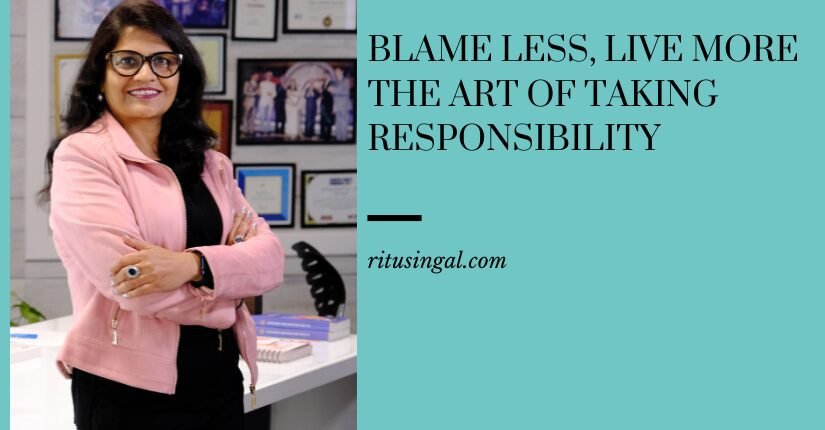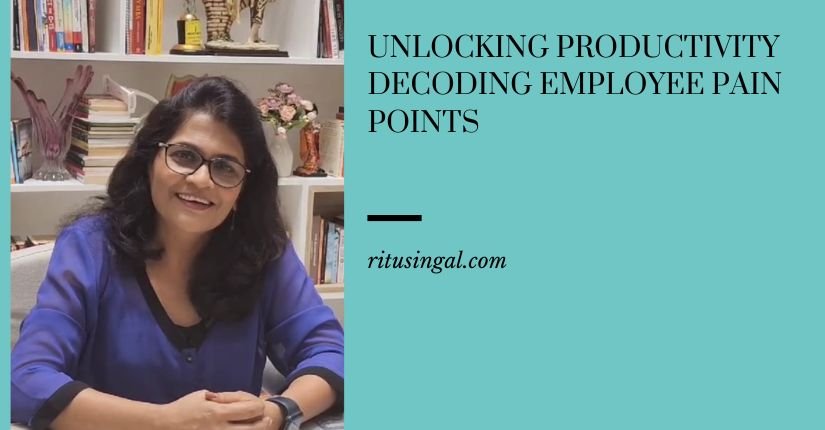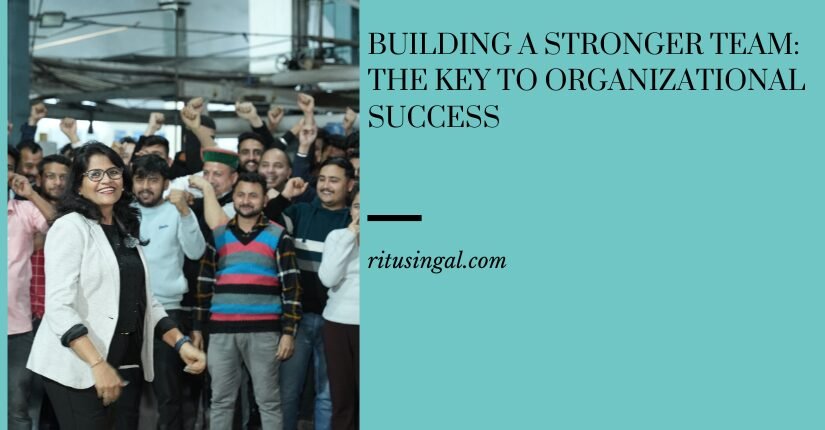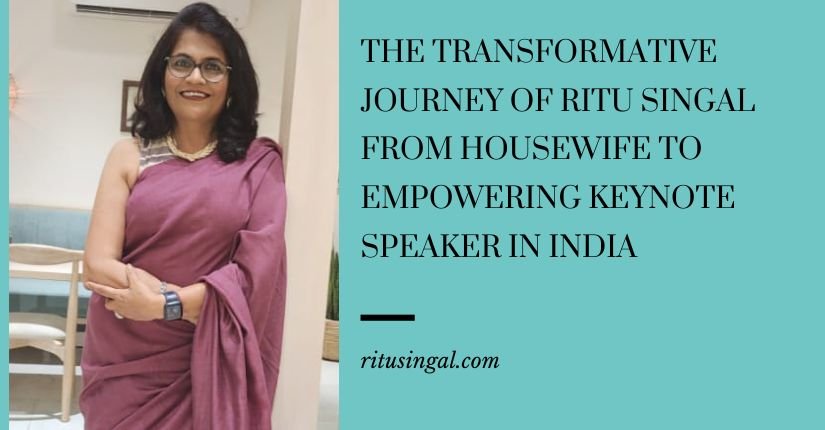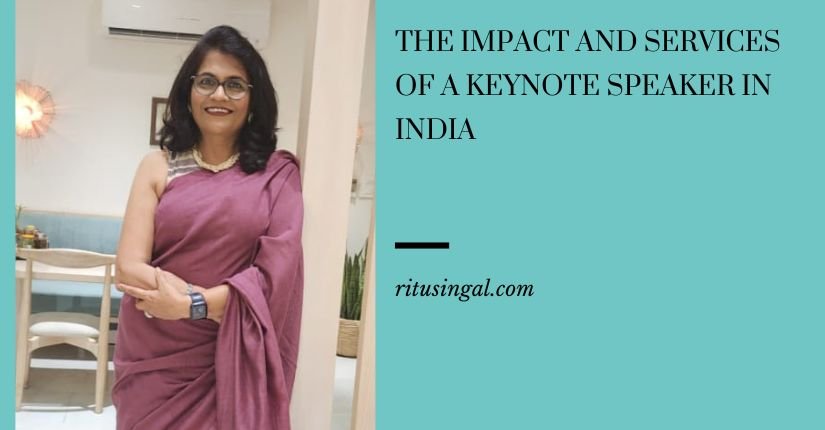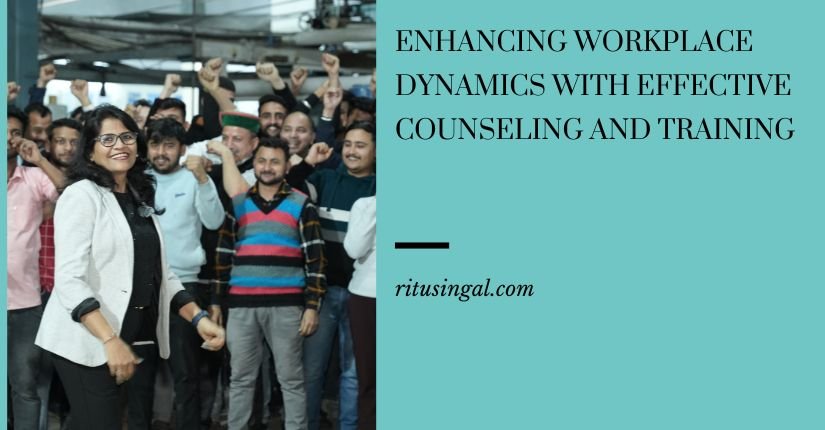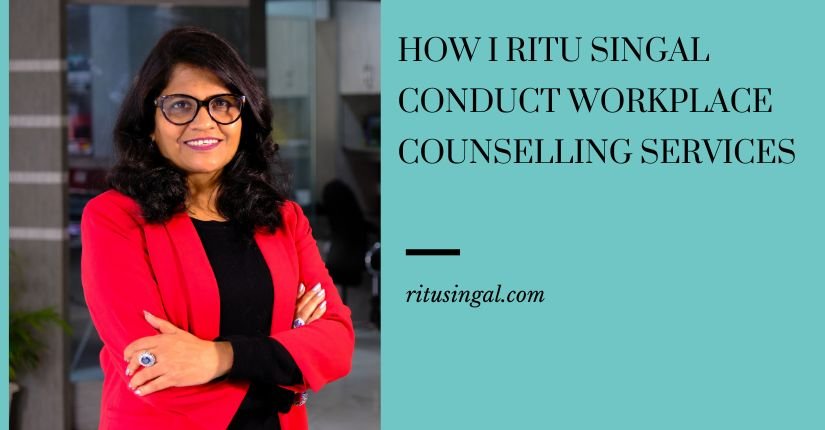Notwithstanding the clichéd truth of this line, the idea of delayed justice being justice denied has assumed an alarming reality in the post-COVID phase (mercifully, we can call it that) in India. After battling the havoc wrought by the unrelenting second corona wave and watching helplessly our loved ones gasping for those few puffs of life-giving oxygen and the luxury of hospital beds in an almost-comatose health system, the nation and its people were slowly trying to come to terms with the new realities of a thoroughly changed society and economy. So now, “online” is the old normal, work from home is almost passé, Zoom meetings are an old hat – we’ve been through these and much more. The economy is slowly limping back to normal, the engines of auto companies are revving up again, international travel is back and software companies are rustling up new hiring plans. In short, we are getting back to our old, familiar selves but for our judiciary.
When the COVID-19 pandemic upended the world in a few jittery weeks, it also sent kaput the already-crumbling-under-pressure legal system in India. With the courts fully or partially closed (online hearings only) and the proceedings halted, the process of justice delivery came to a standstill. Well, the closure of the courts nationwide was fully justified as keeping them open would have amounted to exposing the honourable judges and their staff, the litigants and others to grave health risks. But now when all sectors of the economy –industries, businesses, travel, government offices, schools, colleges – all are fully open – it baffles one’s mind as to why the judiciary should be an exception.
Virtual Courts
As a result of these strict measures, virtual hearings had become more and more common. Normally, virtual proceedings in the pre-COVID-19 crisis era were conducted generally in criminal cases where the accused could not be produced physically due to security reasons. However, after the implementation of strict COVID-19 protocols, the courts began hearing even normal cases (though their numbers were also restricted by the courts) through the video-conferencing mode. But the situation should have taken a turn for the better now that almost everything is back to normal
Post COVID-19 pandemic, the case pendencies at all levels of the judiciary have increased significantly, reaching an all-time high during the one year of virtual functioning. The case backlog in district courts saw a sharp increase of 18.2% from 2019 to 2020 while in the 25 high courts, it rose by 20.4 % in the same period. Similarly, the Supreme Court saw pendencies rise by 10.35 %, the highest since 2013. The unfilled vacancies of judges and the restricted functioning of courts have further added to the overall judicial mess.
Having been there and seen it all from close quarters, I can say with confidence that our courts, even now, have in place extremely strong protective measures to safeguard the honourable judges from the ravages of contracting COVID-19. Be it putting up plastic sheets between the litigants and the presiding judges or maintaining the recommended distance of a few feet or regular sanitization of the court premises – all preemptive measures are there. The only ones who are not seen there are the honourable judges, the dispensers of justice, who have kept crores of our hapless litigants in an evasive, never-ending wait for justice. With the usual summer break (which is a colonial hangover and lacks any rationale as the judges are Indians and are quite used to living here only) kicking in, we have the spectre of our honorable judges moving turn by turn to cooler climes thanks to the LTC facilities they enjoy.
Let me add for emphasis here that none should have any issue with any government functionary availing of what is their due. But then, the judiciary isn’t any other government department or agency. It is one of the three pillars of a vibrant democracy and enjoys a privileged position in terms of the respect it enjoys among people, especially so far its public reputation is concerned, unlike the Legislature and the Executive. It is in a class of its own, invested as it is with the lofty duties of safeguarding the Constitution and the statutes to deliver equitable justice and therefore, lubricate the working of a real democracy.
Just think of a legal system, already burdened with 4 crore pendencies, trying to somehow wriggle out of such an avalanche of cases (by innovations like Alternative Dispute Resolution mechanisms, Lok Adalats, Family Courts, Mediation Centres etc.) and those who would be most greatly impacted by this lack of access to timely justice – the couples wanting to escape out of irreconcilable marriages, the families wanting to resolve their disputes, the victims trying to escape abusers, the under-trials and prisoners languishing in overcrowded prisons, and the new corporates struggling to open their doors.
Read: Top corporate counselling tips for workplace success
Without full access to the courts, we all risk the loss of liberty, property, and much more as where citizens lack a full access to the agencies of justice, we are left with a weakened and imbalanced justice system. And it’s not only about individuals as the wheels of justice grind too slow in India so much so that many foreign companies shy away from investing in India for this simple reason – a slow judiciary and slower justice (delays in opening and shutting companies, resolving labour disputes etc.). So, why China attracts so many foreign companies is no rocket science- its swift judicial system is a prime mover. And for those, who are still wondering how it impacts our public life, consider this- China reports many more corruption cases annually than India does but the Chinese judicial system is so very swift that it routinely carries out many more executions annually in corruption cases than India has done in the past 75 years of independence! Of course, I am not a votary of capital punishment at all; it’s just an example to support my case.
It’s high time that apart from thinking of ways to expedite the delivery of justice by opening more courts, having alternative dispute resolution mechanisms, filling up vacancies and having double working shifts, the Judicial Reforms Commissions also looked at increasing the number of days the courts sit for hearings to maximize the number of hearings.
And, of course, none else (except PGI and AIIMS doctors and school children) in India is allowed an officially sanctioned summer break!








